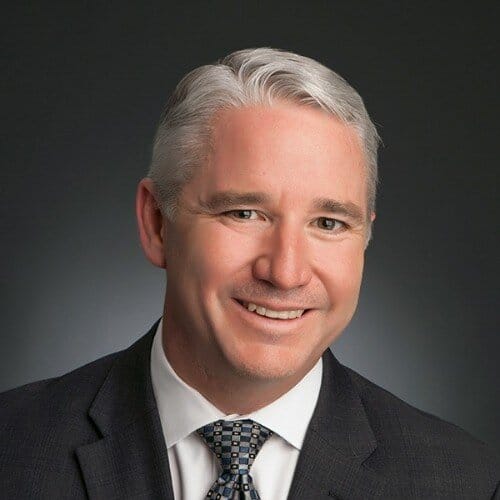
By Clay Holderman
As protests have moved past Presbyterian Hospital daily, I have reflected on what authentic voice I could possibly add to the long-overdue racial equity conversation. I will never understand the perspective of those targeted by a deeply biased system. But I can offer the health outcome lens on what is surely a deeply unequal society.
Dr. Don Berwick opened the 2018 Institute for Healthcare Improvement annual meeting with a powerful picture of health inequity on two ends of the D-Train in New York City. In the span of 80 blocks, household income drops from $180K per year to $45K per year, and resulting life expectancy drops a full ten years. The demographic of the Upper West Side compared to the South Bronx shows how disproportionately impacted the African American community is compared to their Caucasian fellow New Yorkers.
Dr. Norbert Topf, Chief Medical Quality Officer for Presbyterian Healthcare Services, repeated the study for New Mexico. In a 10-mile bus ride down Louisiana Blvd., we see a similar demographic shift, substituting American Indian and Hispanic for African American. From the Northeast Heights to the International District, crude mortality increases 81%, driven by heart disease (94% higher) and death from cancer (43% higher). Life expectancy decreases 9.8 years across those 10 miles. These populations live in a food desert with little access to natural foods and difficult access to preventative care. In Presbyterian’s work on Social Determinants of Health, we have found access to reliable transportation as the number one impact on health outcomes.
As COVID-19 swept New Mexico, we vividly witnessed the inequity of populations in our Native American communities. The crude hospitalization rate of Native Americans in New Mexico from COVID-19 is 40 times higher than that of Caucasians. The underlying conditions across New Mexico’s sovereign pueblos and nations include poor access to clean water, fresh food and medical care as well as dense multi-generational housing and deep historically-driven distrust of government information. These, and other factors yet to be discovered, proved an incendiary tinder for COVID-19, but they have been contributing to health inequities for generations. Native American populations in New Mexico experience 30% higher all cause mortality than Caucasians, including 4.4 times higher death from diabetes, 3.1 times higher death from homicide, and 2 to 3 times higher rates of death from hypertension, septicemia and kidney disorders.
Our country is awakening to the unacceptable reality that we are not an equitable society. It is the responsibility of all of us to dedicate real resources to improving equity at every level until the systemic biases, both conscious and unconscious, are no more. In a country founded on all having the unalienable right to life, it is immoral to rob segments of our citizenry from a full decade of it.
http://www.ihi.org/resources/Pages/AudioandVideo/Don-Berwick-Forum-Keynotes.aspx
NM Death Certificate Database, Office of Vital Records and Statistics, New Mexico Department of Health, 2018
https://cvmodeling.nmhealth.org/wp-content/uploads/sites/4/2020/05/WebCOVID-19EpiUpdate052620.pdf
https://www.nmhealth.org/data/view/report/2325/
About Clay Holderman
Clay Holderman is the executive vice president and COO for Presbyterian Healthcare Services in Albuquerque, New Mexico, a not-for-profit integrated system of hospitals, clinics, a medical group and one of the nation’s largest provider-led health plans. New Mexico is a National Laboratory for healthcare innovation, and Clay writes about his observations and findings at https://clayholderman.health/.
The Editorial Team at Healthcare Business Today is made up of skilled healthcare writers and experts, led by our managing editor, Daniel Casciato, who has over 25 years of experience in healthcare writing. Since 1998, we have produced compelling and informative content for numerous publications, establishing ourselves as a trusted resource for health and wellness information. We offer readers access to fresh health, medicine, science, and technology developments and the latest in patient news, emphasizing how these developments affect our lives.







